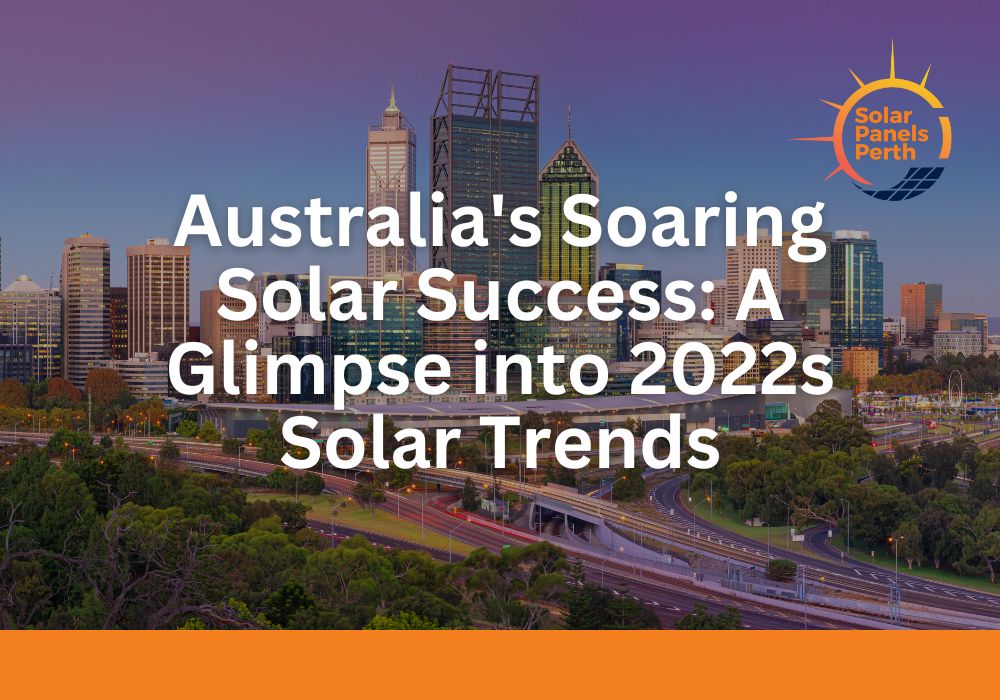A Glimpse into Australia’s 2022 Solar Trends
The Clean Energy Australia Report of 2023 has brought to light some groundbreaking statistics that cements Australia’s commitment to a sustainable future. 2022 was a landmark year for the nation, with rooftop solar paving the path to a brighter, greener tomorrow.

1. Remarkable Rooftop Solar Additions
In a spectacular feat, 2022 witnessed the addition of a whopping 310,000 rooftop solar systems to the grid. This translates to an impressive 2.7 GW of capacity, equating to the power output of New South Wales’s Eraring Power Station. These figures highlight that ordinary Australians are increasingly taking control of their energy sources, turning rooftops into powerhouses.
2. Australia’s Global Leadership in Solar Power
Rooftop solar contributed a significant 25.8% of Australia’s renewable energy generation in 2022. This substantial share underscores Australia’s position at the forefront of global solar energy utilization. By tapping into the abundant sunlight, Aussies not only reduce their energy bills but actively combat climate change.
3. Consistent Growth amid Challenges
Despite facing hurdles like surging polysilicon prices, reduced subsidies, and other supply chain complications, the industry remained resilient. A testament to this is the addition of another 310,352 households and small businesses equipped with rooftop solar systems. Cumulatively, approximately 3.4 million Australian homes are now harnessing solar energy, easing the summer burden on the national grid and stimulating local economies.
4. A Surge in Accredited Professionals
The Clean Energy Council’s dedication to maintaining industry standards is evident from the growing community of accredited designers and installers. With the number surging by 3.5% in 2022, Australia now boasts 8,988 professionals committed to ensuring the delivery of safe, reliable, and efficient solar systems.
5. Key Takeaways from 2022
Rooftop solar systems contributed an incredible 25.8% to Australia’s renewable energy. With 310,352 new installations, the total capacity added amounted to 2.7 GW.
The trend of expanding solar system sizes persisted, moving from an average of 8.79 kW in 2021 to 8.84 kW in 2022.
50,000 new household battery systems were integrated in 2022, reflecting a significant jump from the 34,731 installations in 2021.
In the insightful words of Clean Energy Council Chief Executive, Kane Thornton, while other renewable energy sectors engage in policy debates, rooftop solar continues to play a pivotal role in transitioning Australia towards 82% renewable energy by 2030. The mission now lies in maintaining this growth momentum. Embracing low-cost renewable power and energy storage could not only alleviate cost pressures but also promise Australia enhanced energy security and a prosperous future.
For a deeper dive into Australia’s renewable journey and these insightful statistics, visit the full Clean Energy Australia 2023 Report.
